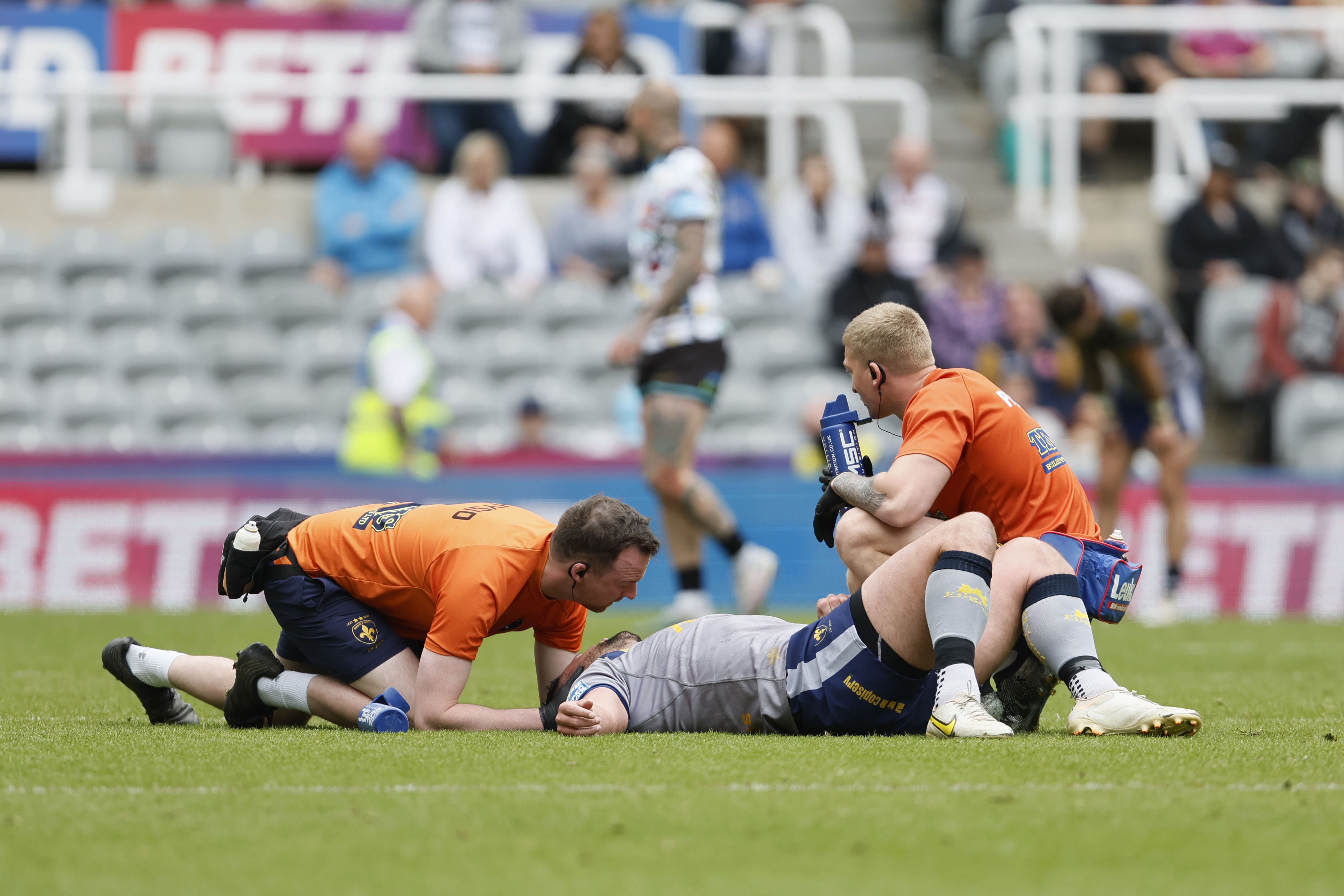Coaches confident new tackle trial will make rugby league safer
The new laws will be trialled for the first time in the academy match between Bradford and Leeds.

Your support helps us to tell the story
From reproductive rights to climate change to Big Tech, The Independent is on the ground when the story is developing. Whether it's investigating the financials of Elon Musk's pro-Trump PAC or producing our latest documentary, 'The A Word', which shines a light on the American women fighting for reproductive rights, we know how important it is to parse out the facts from the messaging.
At such a critical moment in US history, we need reporters on the ground. Your donation allows us to keep sending journalists to speak to both sides of the story.
The Independent is trusted by Americans across the entire political spectrum. And unlike many other quality news outlets, we choose not to lock Americans out of our reporting and analysis with paywalls. We believe quality journalism should be available to everyone, paid for by those who can afford it.
Your support makes all the difference.Coaches involved in the first match to be played as part of a new tackle trial are confident the changes will help minimise the chances of concussion in rugby league while retaining its physical integrity.
Next Thursday’s match between Bradford and Leeds academies will be the first to operate under the rule, which dictates that tackle height must be below the armpit at initial contact, with penalisation for contact on the head and neck.
The trial – which will also see kick-offs moved 10 metres further forward – will initially take place over the next four rounds of academy fixtures, with the long-term intention to roll it out to other areas of the game if its effectiveness is backed up by data.
Coaches were among those consulted and have given their backing to their proposals. Rhinos head of youth Joe Bastian said: “Everyone is talking about concussions and the impact it can have on players further down the track, and it is important we try to improve the tackle area.
“When people watch rugby league they want that physicality and they want the game to be controlled in regard to good hard shots, but sometimes we get too many people in tackles and that can create problems.
“There’s a fair bit to go at but the trial will be very beneficial. If we can get a really good tackle technique throughout the game, it can really benefit the game and its people, and lead to us having far less concussions.”
By adopting a broadly inclusive approach the RFL is confident of avoiding the controversy that followed rugby union’s out-of-the-blue announcement in January that it was lowering the allowed tackle height to below the waist in all forms of the community game from July.
The backlash that followed prompted the RFU to amend its law, raising the allowed tackle height to the sternum.
But the RFL, which like the RFL is facing legal proceedings on behalf of groups of former players who claim their respective codes did not take reasonable action to protect them from serious injuries, dismissed the suggestion they have benefited from their counterparts’ mistakes.
Professor Ben Jones of Leeds Beckett University, who is also the RFL’s strategic lead for performance, science and research, said: “The number of concussions in rugby league are less than in rugby union, and union went earlier and harder at this because they had to.
If we can get a really good tackle technique throughout the game, it can really benefit the game and its people, and lead to us having far less concussions
“I think the path rugby union has trodden has made it easier for us. I think in terms of how we’ve designed this trial, asking everyone what they think, it’s been the right thing for us. But someone had to go first and get the most stones thrown.”
Bulls head of youth Ryan Hunkin admitted it was initially difficult for his players to adjust to the new rule but said he hoped it would bring the additional benefit of making the game more expansive.
“We’ve been working on different techniques and talking to the match officials’ department and they’ve learned pretty quickly and made some adjustments,” said Hunkin.
“We’re seeing it as an opportunity to grasp a different game and speed it up a bit, play a bit more off-load rugby and potentially score more points.”